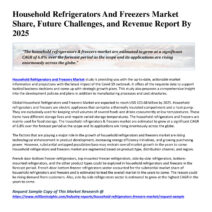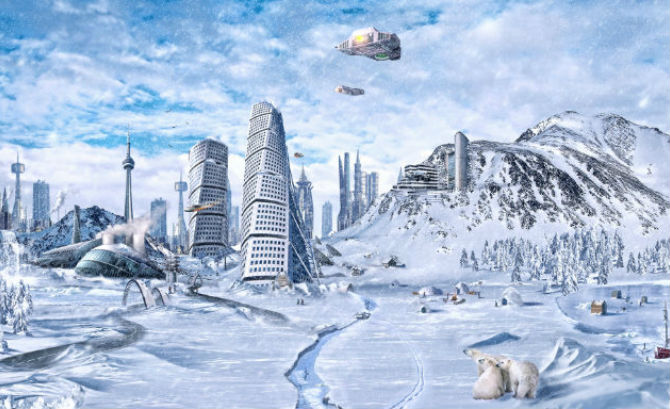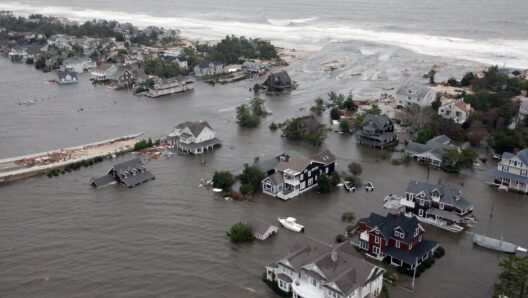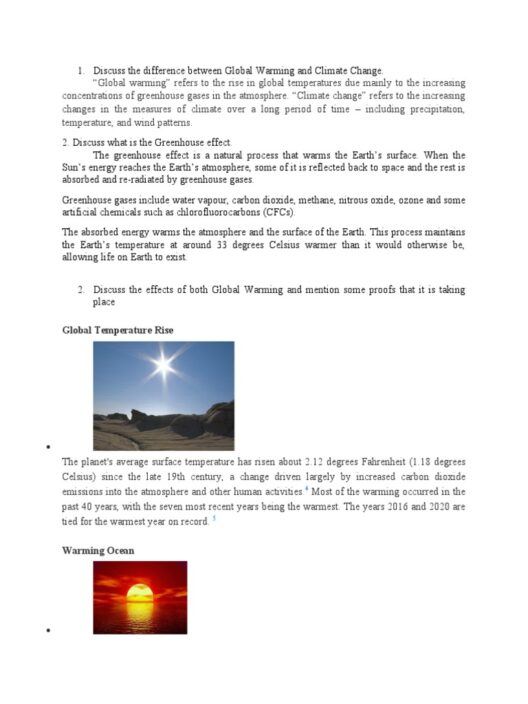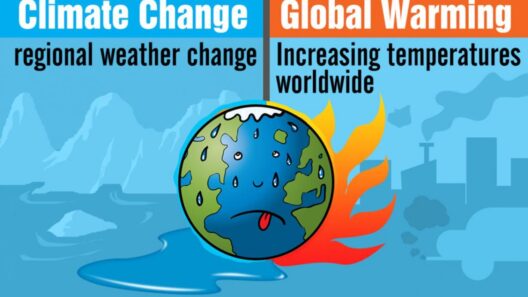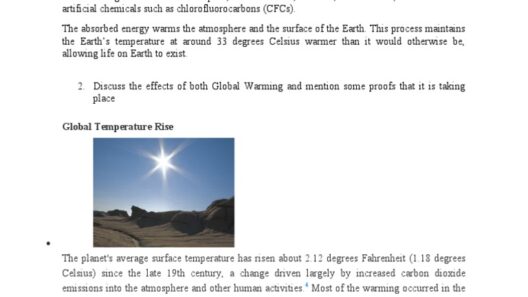The phenomenon of global warming has transitioned from an esoteric scientific concern to a resounding global issue. Understanding its evolution reveals not only the scientific underpinnings that sparked the movement but also the cultural and political dynamics that brought it to the forefront of public consciousness. Tracing the timeline of this environmental crisis uncovers critical milestones that galvanized advocates and policymakers alike, leading us to today’s ongoing battle against climate change.
In the annals of climate science, the 19th century marks a pivotal moment of burgeoning awareness. The establishment of the greenhouse effect theory attributed to the likes of John Tyndall introduced the idea that certain gases, notably carbon dioxide, trap heat in the Earth’s atmosphere. This initial recognition laid the groundwork for future discourse, drawing a tenuous connection between industrialization’s spurt and the potential peril it posed to the planet’s climate. A curious scientific inquiry began in earnest, albeit with little public or political engagement.
The dawn of the 20th century ushered in an era of heightened industrial activity. Major advancements in technology and manufacturing birthed unprecedented economic growth, yet they also unleashed a torrent of emissions and resource depletion. It wasn’t until the late 1950s and early 1960s that the notion of a climate crisis began to coalesce into a recognizable movement. This transition was remarkably catalyzed by scientists like Charles David Keeling, who initiated the Keeling Curve—an intricate graph showcasing the alarming rise in atmospheric carbon dioxide levels. The graphical representation engaged not just the scientific community but also piqued the interest of the lay public, leading to burgeoning environmental consciousness.
As the 1970s unfolded, a multitude of environmental calamities—oil spills, urban smog, and ecological degradation—prompted widespread unease. The Earth Day celebration in 1970 mobilized millions, forging unique alliances among citizens, scientists, and activists. During this decade, the first Earth Summit was convened in Stockholm, where discussions about pollution and environmental degradation became prominent. This era heralded the establishment of environmental protection agencies and initiatives, initiating formal regulatory frameworks aimed at safeguarding the environment.
Yet the global warming narrative was still met with skepticism. While data on rising temperatures and shifting climate patterns became more robust, political discourse was often fraught with denial and misinformation. The publication of “Silent Spring” by Rachel Carson in 1962 instigated discussions around pesticides and ecological health, urging a reevaluation of humanity’s relationship with nature. However, the concept of global warming itself struggled to maintain traction amidst competing social issues and economic priorities.
Fast forward to the late 1980s, a watershed moment emerged when climate change was thrust into the limelight. The formation of the Intergovernmental Panel on Climate Change (IPCC) in 1988 signaled a monumental shift. This multinational consortium of scientists was established to evaluate and consolidate the growing body of research concerning climate change. It provided a forum for collaboration and consensus-building, propelling climate science into public policy. The first major report released by the IPCC in 1990 crystallized concerns and offered recommendations that called for immediate action. The link between fossil fuel consumption, rising greenhouse gases, and global warming was no longer shadowy; it was a stark reality.
The 1990s ushered in a new wave of global mobilization around global warming. The signing of the Kyoto Protocol in 1997 marked an international commitment to reduce greenhouse gas emissions. However, challenges loomed large as various countries debated equity, responsibility, and economic implications. Industrialized nations were poised to bear the brunt of change, while emerging economies grappled with the duality of development and sustainability. This era prompted the world to confront difficult questions: How to balance growth with environmental stewardship? Should nations be held accountable for past emissions?
As public awareness burgeoned, so too did the urgency to address climate change. The 21st century bore witness to an exponential increase in climate activism, epitomized by grassroots movements and organizations rallying for legislative action. In recent years, the youth climate movement has surged, exemplified by figures like Greta Thunberg, who galvanized millions with calls for systemic change. Such activism emphasizes a generational urgency alongside a narrative of hope, asserting that collective action is both achievable and necessary.
However, the global warming movement is not without its challenges. As the scientific consensus on climate change strengthens, so too does the backlash from fossil fuel interests and climate skeptics. The narrative is further complicated by economic and political interests that resist the transition to renewable energy and sustainable practices. The ideological battles are as fierce as the natural disasters that climate change perpetuates, challenging the very fabric of contemporary sociopolitical discourse.
Today, the battle against global warming has evolved into a multi-faceted endeavor, intertwining aspects of scientific understanding, societal change, and environmental justice. Each facet beckons a reevaluation of environmental ethics, urging communities to dismantle outdated paradigms and foster resilience. The aesthetics of nature—the very essence of our planet’s beauty—is not merely a backdrop but an essential character in this unfolding narrative.
As the origins of the global warming movement continue to reshape our world, the urgency of action has never been more paramount. A blend of cooperation, innovation, and urgency is necessary to mitigate the impacts of climate change and safeguard the aesthetics of our planet for future generations. History has shown that awareness is only the beginning; effective action requires a commitment to a sustainable future, one in which the inherent value of our environment is recognized and cherished.
